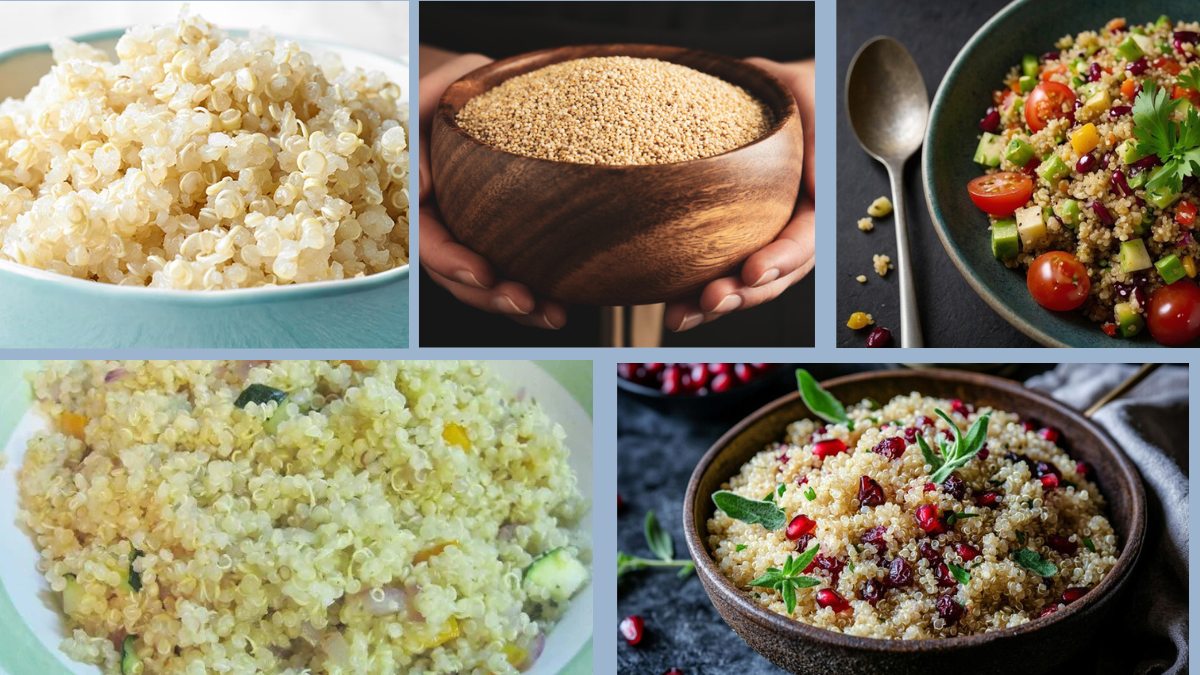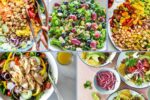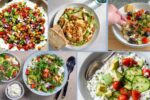Quinoa, once a humble seed cultivated in the Andes, has grown into a global culinary sensation. Known for its incredible health benefits, nutty flavor, and versatility in vegetarian cuisine, quinoa is now a staple in many health-conscious households. But which country eats the most quinoa in the world?
The answer might surprise you: the United States currently leads the world in quinoa consumption, despite the crop’s ancient roots in South America. In this article, we’ll explore the history, rise in popularity, nutritional benefits, and the many ways vegetarians can enjoy this remarkable superfood.
What is Quinoa?
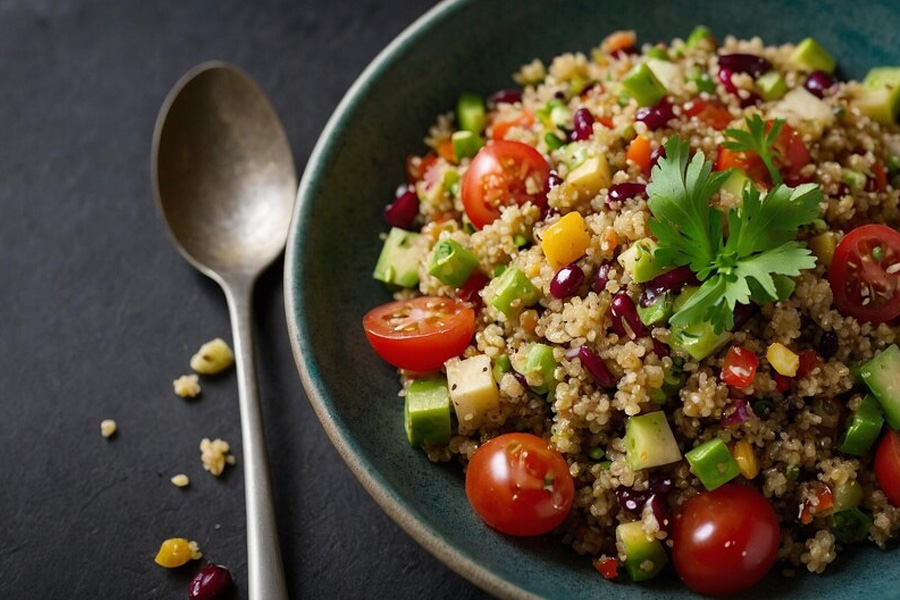
Contrary to popular belief, quinoa (pronounced KEEN-wah) is not a grain, but a pseudo-cereal seed derived from the Chenopodium quinoa plant. Native to the Andean regions of Bolivia, Peru, and Ecuador, quinoa has been cultivated for over 5,000 years. Ancient Incas considered it the “mother of all grains,” and it was once sacred in their religious rituals.
Quinoa is naturally gluten-free and packed with protein, fiber, and essential nutrients—making it one of the most beloved foods among vegetarians and vegans.
Why the United States Eats the Most Quinoa
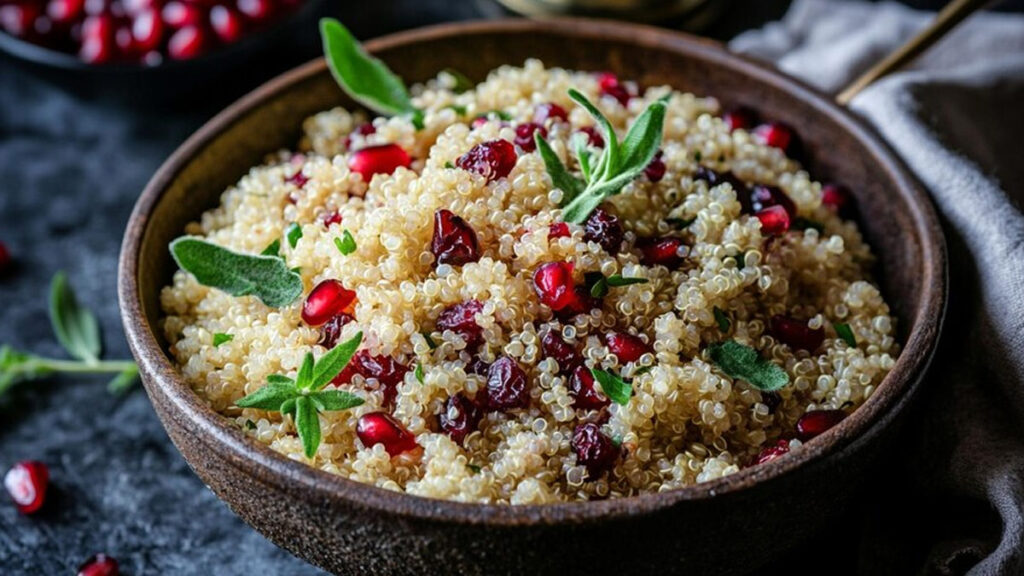
Although quinoa was virtually unknown in North America until the early 2000s, it has rapidly become a favorite among American consumers. Here’s why:
1. Health Trends and Plant-Based Diets
The rise of plant-based eating in the U.S. has sparked demand for high-protein vegetarian alternatives. Quinoa, with its complete amino acid profile, is a rare plant-based source of complete protein, making it ideal for those avoiding meat.
2. Widespread Availability
From supermarkets to health food stores, quinoa is everywhere in the U.S.—available in various colors (white, red, black) and forms (whole, flaked, flour, puffed).
3. Culinary Versatility
Quinoa is used in salads, soups, veggie burgers, grain bowls, and even desserts like quinoa puddings or breakfast porridge. It fits seamlessly into diverse vegetarian cuisines.
4. Educational Campaigns
American food influencers, nutritionists, and the USDA have supported quinoa as a healthy food choice. Its inclusion in the U.S. Dietary Guidelines and media has propelled its popularity.
Global Quinoa Consumption: Who Else Eats a Lot?
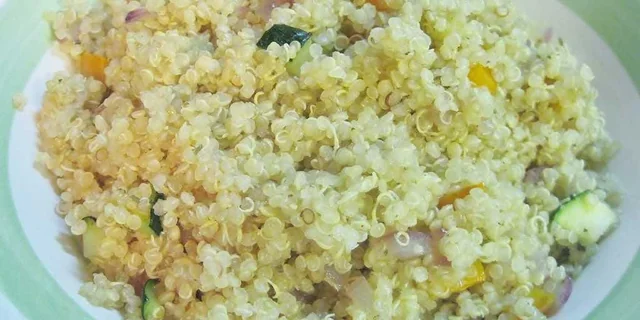
Peru & 🇧🇴 Bolivia – The Birthplaces of Quinoa
Although the U.S. leads in consumption, Peru and Bolivia are the top producers. In these countries, quinoa is a traditional staple, especially in highland communities. It’s enjoyed daily in stews, porridges, and even beverages. However, much of their production is now exported to meet global demand.
France
France is one of Europe’s largest consumers of quinoa, often incorporating it into vegetarian diets, school meals, and organic culinary offerings. French chefs frequently use quinoa in cold salads with vinaigrettes and roasted vegetables.
Canada
Quinoa is also widely embraced in Canada, where health-conscious consumers turn to it for high fiber and protein. Canadian agriculture has even begun quinoa cultivation in certain provinces.
Vegetarian Dishes That Showcase Quinoa

Quinoa’s subtle flavor and unique texture make it ideal for vegetarian and vegan meals. Here are some of the most beloved preparations around the world:
1. Quinoa Buddha Bowl
A colorful, nutrient-rich bowl filled with quinoa, roasted sweet potatoes, chickpeas, avocado, kale, and tahini dressing.
2. Mediterranean Quinoa Salad
A zesty mix of quinoa, cherry tomatoes, cucumbers, olives, red onion, parsley, and lemon-olive oil vinaigrette.
3. Stuffed Bell Peppers with Quinoa
Bell peppers filled with quinoa, black beans, corn, salsa, and spices, then baked until tender.
4. Quinoa Breakfast Bowl
Cooked quinoa topped with almond milk, banana slices, berries, maple syrup, and a sprinkle of cinnamon.
5. Vegetarian Quinoa Soup
A hearty soup with quinoa, carrots, celery, zucchini, spinach, and vegetable broth seasoned with herbs.
Nutritional Benefits of Quinoa
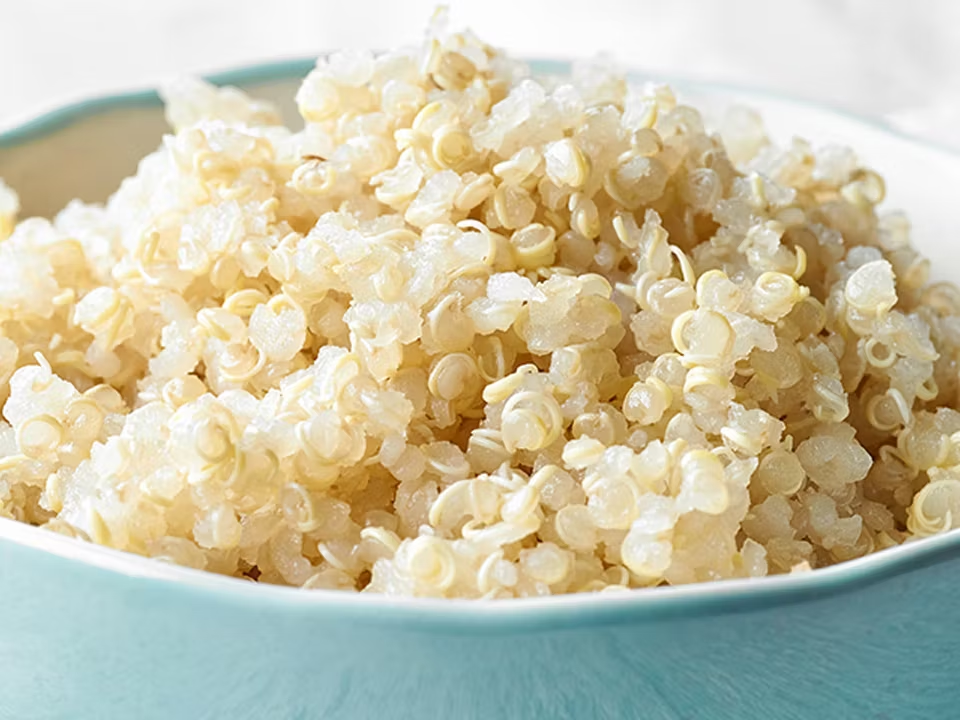
Quinoa is often labeled a superfood—and with good reason. Here’s what a single cup of cooked quinoa (about 185g) provides:
- 8 grams of protein
- 5 grams of fiber
- Manganese, magnesium, folate, phosphorus, and iron
- Rich in antioxidants
- Low glycemic index (helps regulate blood sugar)
What makes quinoa truly special for vegetarians is that it’s one of the few plant-based sources of complete protein, containing all nine essential amino acids.
How Quinoa Became a Global Crop
Until the early 2000s, quinoa was almost exclusively grown in Peru and Bolivia. But as demand surged—especially in the U.S. and Europe—other countries began cultivating quinoa to reduce dependence on Andean exports and meet local demand.
Today, quinoa is grown in more than 70 countries, including:
- United States (Colorado, California)
- Canada
- France
- India
- Australia
This global spread has helped stabilize prices and increase availability, although it has also raised concerns about sustainability and ethical sourcing.
Impact of Global Quinoa Demand on Andean Communities
The international boom in quinoa consumption has had both positive and negative effects on its native regions:
Positives:
- Improved income for small farmers
- Recognition of native food traditions
- Increased global awareness of Andean agriculture
Challenges:
- Higher local prices, making quinoa less accessible to the communities who once relied on it as a staple
- Environmental stress from intensive farming
- Loss of traditional crop biodiversity
Efforts are underway to promote sustainable farming and fair trade quinoa, ensuring that local producers benefit equitably from global demand.
Vegetarian Quinoa Recipe: Simple Quinoa Pilaf
Ingredients:
- 1 cup quinoa (rinsed well)
- 2 cups vegetable broth
- 1 small onion, finely chopped
- 1 carrot, diced
- 1 zucchini, chopped
- 1 tbsp olive oil
- Salt and pepper to taste
- Fresh parsley for garnish
Instructions:
- In a saucepan, heat olive oil and sauté the onion until translucent.
- Add carrots and zucchini; cook for 5–6 minutes.
- Stir in rinsed quinoa and toast for 1 minute.
- Pour in vegetable broth, bring to a boil, then reduce heat and simmer covered for 15 minutes.
- Let stand 5 minutes, fluff with a fork, and garnish with parsley.
Enjoy this pilaf as a main dish or serve alongside a fresh salad for a wholesome vegetarian meal.
Quinoa in Numbers
- The U.S. consumes over 60,000 metric tons of quinoa annually, according to trade data.
- Global quinoa production has grown more than fivefold since 2000.
- The FAO (Food and Agriculture Organization) named 2013 the International Year of Quinoa, recognizing its potential to fight global hunger.
Conclusion: Quinoa’s Global Journey
To answer the question: The United States currently eats the most quinoa in the world, thanks to a growing appetite for nutritious, vegetarian-friendly superfoods. But let’s not forget the ancient civilizations of South America that cultivated quinoa for thousands of years.
Quinoa’s journey from the Andes to global popularity showcases how traditional foods can become modern culinary staples when their benefits are understood and celebrated. Whether enjoyed as a salad, soup, pilaf, or porridge, quinoa continues to fuel the world—one healthy, vegetarian bite at a time.
